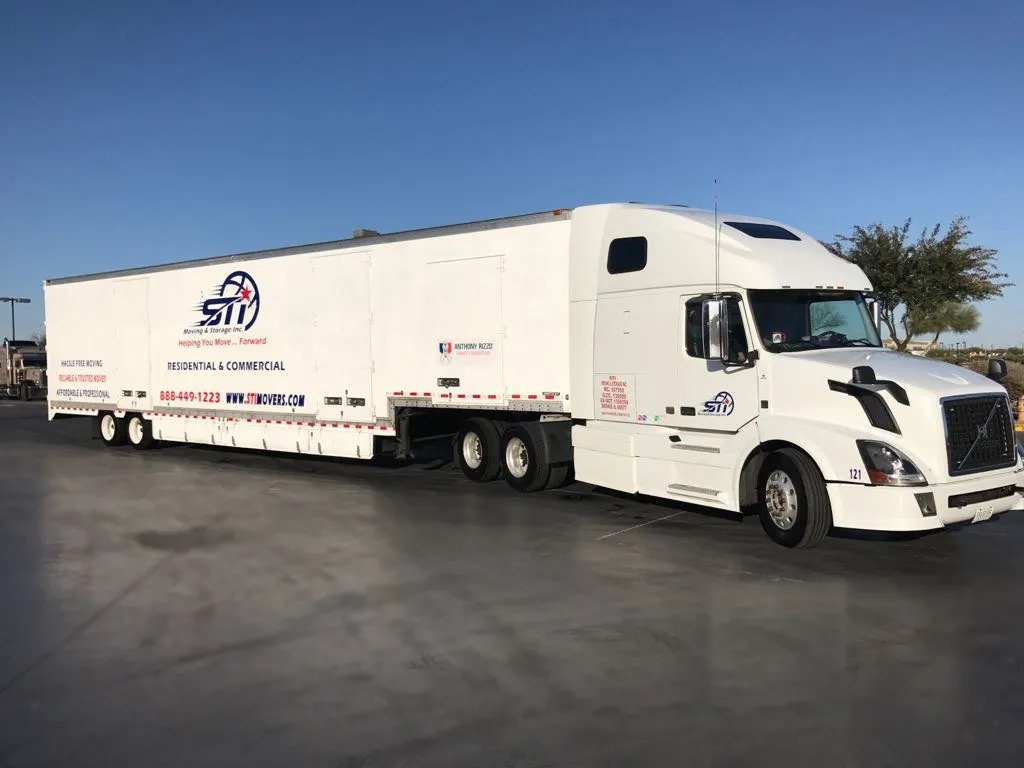📌
Start Early
Don't wait until the last minute to start packing. Give yourself plenty of time to pack everything up so you're not rushing at the end.
📌
Get Organized
Make a plan for how you're going to pack everything up. Label boxes with their contents and room destination to make unpacking easier.
📌
Purge Unwanted Items
A helpful tip is to get rid of anything you haven't used in the past year. You'll thank yourself later when you don't have to move unnecessary items to your new home.
📌
Use Proper Packing Materials
Invest in good quality boxes, packing paper, bubble wrap, and tape. This will ensure that your belongings are protected during transport.






